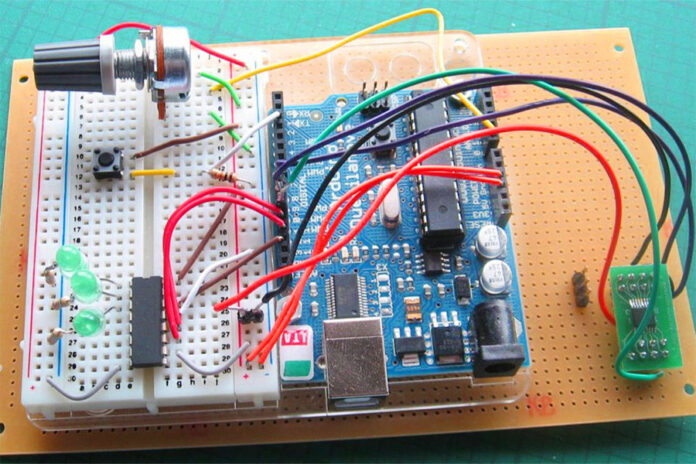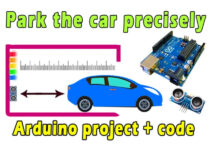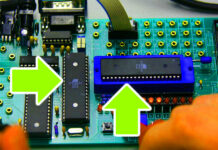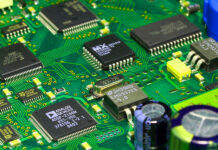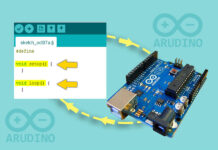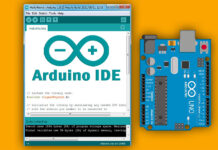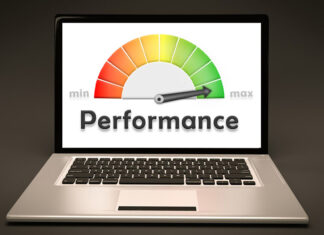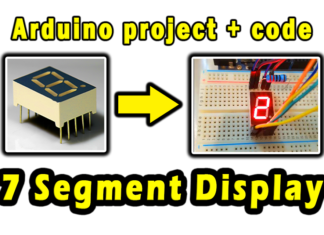Arduino board is an open-source programmable circuit, consisting of microcontroller, and many other electronic components.
The board is flexible, low-cost board, and equipped with sets of digital and analog input/output pins, and can be connected to the computer directly via a USB cable.
The Arduino board was designed to create interactive objects or environments. This board can be use into a variety of electronic projects. And can interact with motors, Leds, sensors, buttons, speakers, cameras, internet, smart-phone, and tv …etc.
Arduino boards types:
there are many types of Arduino boards, which differ from each other through the shape, size, and number of input/output pins, speed, voltage, but they are doing the same tasks.
Arduino Uno (R3) Board
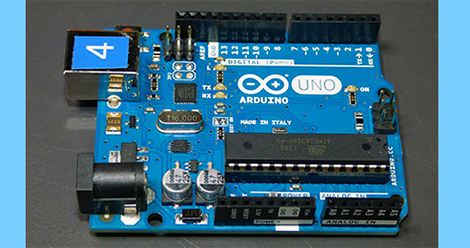
- Processor: ATmega328P
- frequency: 16 MHz
Arduino Mega (R3) Board

- Processor: ATmega2560
- frequency: 16 MHz
Arduino Due Board

- Processor: ATSAM3X8E
- frequency: 84 MHz
Arduino Diecimila Board
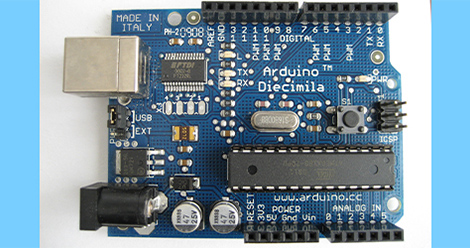
- Processor: ATmega168
- frequency: 16 MHz
Arduino Leonardo Board
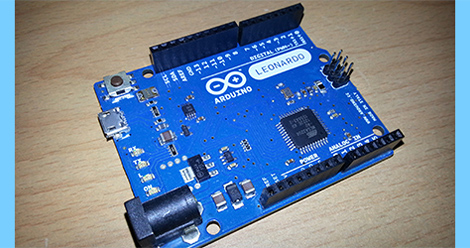
- Processor: ATmega32U4
- frequency: 16 MHz
Arduino Nano Board
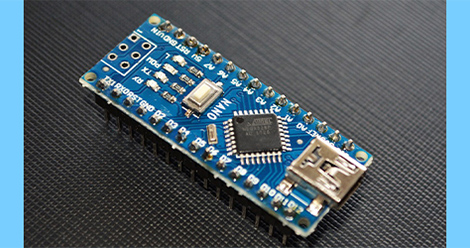
- Processor: ATmega328 or ATmega168
- frequency: 16 MHz
Arduino Micro Board

- Processor: ATmega32U4
- frequency: 16 MHz
LilyPad Arduino Board
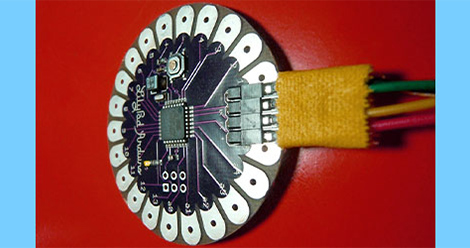
- Processor: ATmega168V or ATmega328V
- frequency: 8 MHz
Arduino Zero Board

- Processor: ATSAMD21G18A
- frequency: 48 MHz
RedBoard Arduino Board
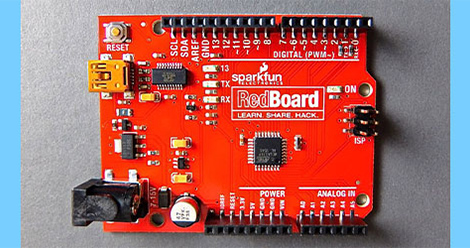
- Processor: ATmega328P
- frequency: 8 MHz (3.3V), 16 MHz (5V)
To learn how to choose the right Arduino board for your project, “read this post“


